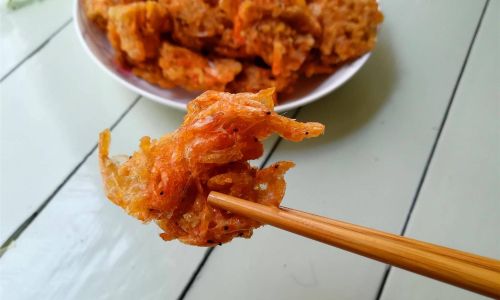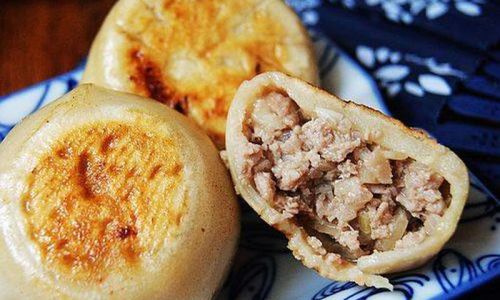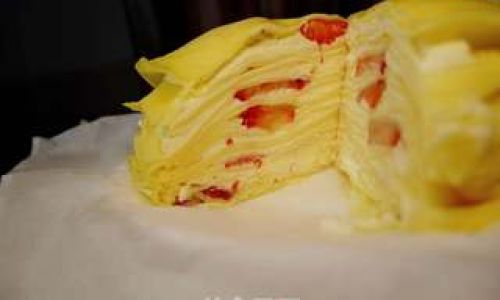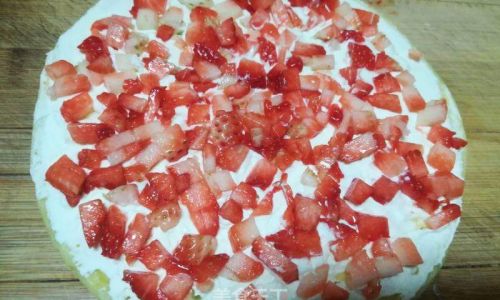Tempura shrimp, with its golden, crispy coating and tender, succulent interior, is a beloved dish in Japanese cuisine and beyond. Achieving the perfect balance of texture and flavor requires precision, attention to detail, and an understanding of the science behind frying. This comprehensive guide will walk you through every step of creating restaurant-quality tempura shrimp at home, from selecting the finest ingredients to mastering frying techniques that ensure a light, airy batter and juicy shrimp. Whether you’re a novice cook or a seasoned home chef, these tips and tricks will elevate your tempura game to new heights.
Understanding the Essence of Tempura
Tempura is not merely fried food—it is a culinary art form that originated in Japan during the 16th century, inspired by Portuguese missionaries. Unlike heavy, breadcrumb-coated fried dishes, tempura prioritizes a delicate, ethereal batter that shields the ingredient (in this case, shrimp) while allowing its natural flavors to shine. The batter’s composition, frying temperature, and even the type of oil used play pivotal roles in achieving the coveted crunch and minimal greasiness.
Selecting the Right Shrimp
The foundation of exceptional tempura shrimp lies in the quality of the seafood. Opt for fresh, medium-to-large shrimp (ideally 16–20 count per pound) with firm flesh and a mild sweetness. If fresh shrimp is unavailable, frozen shrimp can suffice, but ensure it is thoroughly thawed and patted dry to prevent excess moisture from diluting the batter.

Key Considerations:
- Size Matters: Larger shrimp are easier to handle and provide a satisfying bite, but avoid jumbo varieties, as they may cook unevenly.
- Sustainability: Choose shrimp labeled as responsibly sourced, such as those certified by the Marine Stewardship Council (MSC).
- Preparation: Peel and devein the shrimp, leaving the tail intact for an elegant presentation. Butcher’s twine or a gentle scoring technique can help keep the shrimp straight during frying, preventing curling.
Mastering the Batter: A Delicate Balance
The tempura batter is the soul of the dish. Unlike traditional pancake or beer batters, tempura batter is designed to be minimally glutenous, resulting in a lacy, shatteringly crisp coating. The secret lies in cold ingredients and careful mixing.
Ingredients for the Batter:
- 1 cup all-purpose flour (sifted)
- ¼ cup cornstarch (or potato starch for extra crispness)
- 1 teaspoon baking powder (optional, for lift)
- 1 cup ice-cold sparkling water (or soda water)
- 1 large egg yolk (optional, for richness)
- ½ teaspoon salt
Key Techniques:
- Chill Everything: Use ice-cold water and keep the flour mixture refrigerated until use. Cold ingredients prevent gluten development, ensuring a tender crust.
- Mix Lightly: Combine the dry ingredients first, then gently fold in the wet ingredients. Lumps are desirable—they create air pockets that fry into crispy textures.
- Avoid Overmixing: Overworking the batter leads to a dense, doughy coating. Stop mixing as soon as the dry ingredients are moistened.
Pro Tip: For an ultra-crisp finish, add 1–2 tablespoons of vodka to the batter. The alcohol’s low boiling point evaporates quickly during frying, yielding a drier, crunchier coating.
Preparing the Shrimp: Marination and Scoring
Properly prepping the shrimp ensures even cooking and enhances its natural sweetness.
Steps:
- Marinate: Toss the shrimp in a mixture of salt, sugar, and a pinch of baking soda. Let it sit for 10–15 minutes. The baking soda tenderizes the shrimp, while the salt amplifies flavor.
- Rinse and Dry: Rinse the shrimp under cold water to remove excess marinade, then pat dry with paper towels. Moisture is the enemy of crispiness.
- Score Lightly: Make shallow cuts along the belly of the shrimp to prevent curling. Insert a skewer through each shrimp (from tail to head) to keep it straight during frying.
Frying Technique: The Golden Rule of Heat
Achieving a flawless fry requires maintaining consistent oil temperature and frying in small batches.
Equipment Checklist:
- Heavy-bottomed pot or deep fryer
- Candy thermometer (to monitor oil temperature)
- Slotted spoon or spider strainer
- Wire rack (for draining excess oil)
Frying Process:
- Heat the Oil: Fill the pot with 3–4 inches of oil (vegetable, canola, or peanut oil work best). Heat to 350–375°F (175–190°C). Use a thermometer to avoid guesswork.
- Coat the Shrimp: Dredge each shrimp lightly in flour, then dip into the batter, ensuring even coverage. Let excess batter drip off.
- Fry in Batches: Lower 3–4 shrimp into the oil at a time to avoid temperature drops. Fry for 2–3 minutes, flipping halfway, until golden brown.
- Drain and Season: Transfer fried shrimp to a wire rack (not paper towels, which trap steam and soften the crust). Sprinkle lightly with flaky sea salt while hot.
Common Pitfalls to Avoid:

- Crowding the Pot: Overloading the oil lowers the temperature, leading to greasy, soggy results.
- Inconsistent Heat: Adjust the burner as needed to maintain 350°F. If the oil is too hot, the batter will burn; too cool, and the shrimp will absorb oil.
- Skipping the Rack: Paper towels absorb oil but also create condensation, ruining the crunch.
Serving Suggestions and Accompaniments
Tempura shrimp is best enjoyed immediately, paired with dipping sauces and complementary sides.
Classic Dipping Sauces:
- Tentsuyu Sauce: A blend of dashi, soy sauce, mirin, and grated daikon radish.
- Spicy Mayo: Mix mayonnaise with sriracha or gochujang.
- Lemon Wedges: A bright, acidic counterpoint to the richness.
Side Dishes:
- Steamed rice with furikake (seasoned rice seasoning)
- Pickled ginger or cucumber salad
- Miso soup or edamame
Garnishes:
- Shredded daikon radish
- Thinly sliced green onions
- Toasted sesame seeds
Troubleshooting Guide
Even seasoned cooks encounter hiccups. Here’s how to fix common issues:
- Soggy Batter: The oil was too cool, or the shrimp were overcrowded. Ensure the oil returns to 350°F between batches.
- Bland Flavor: Salt the batter lightly or serve with a flavorful dipping sauce.
- Burnt Coating: Reduce the heat slightly and monitor the oil temperature.
- Undercooked Shrimp: Smaller shrimp may require less frying time. Adjust based on size.
Advanced Techniques and Variations
Once you’ve mastered the basics, experiment with these tweaks:
- Herb-Infused Batter: Add finely chopped herbs (cilantro, chives, or shiso) to the batter for aromatic notes.
- Spicy Kick: Incorporate a pinch of cayenne or chili flakes into the dry ingredients.
- Vegetable Pairings: Fry asparagus, sweet potato, or lotus root alongside the shrimp for a mixed platter.
- Gluten-Free Option: Substitute rice flour for all-purpose flour and use cornstarch as the thickener.
Storing and Reheating Leftovers
While tempura shrimp is best fresh, leftovers can be revived in a 350°F (175°C) oven for 3–5 minutes. Avoid microwaving, as it steams the crust. Store in an airtight container at room temperature for up to 2 hours; refrigeration will soften the coating.
The Cultural Significance of Tempura
Beyond its culinary appeal, tempura embodies Japanese philosophy of washoku—harmony between ingredients, technique, and presentation. The dish’s minimalist elegance reflects the value placed on simplicity and respect for natural flavors. Serving tempura shrimp with care, from the arrangement on the plate to the choice of dipping sauces, honors this tradition.
Conclusion: Elevate Your Home Cooking
Crafting perfect tempura shrimp is a rewarding endeavor that bridges technique and creativity. By prioritizing cold ingredients, precise frying, and thoughtful presentation, you can recreate the magic of a sushi-counter masterpiece in your own kitchen. Whether enjoyed as an appetizer, main course, or party snack, this dish promises to impress with its irresistible crunch and delicate sweetness. With practice, you’ll not only master the recipe but also gain a deeper appreciation for the artistry of Japanese cuisine. Now, gather your ingredients, heat the oil, and embark on a culinary adventure that celebrates tradition and innovation in every golden, crispy bite.




0 comments